The National Gallery of Victoria (NGV) is Australia’s oldest cultural institution. Established in 1861, the gallery now has a collection of over 70,000 items, displayed over two sites in Melbourne’s city centre. The Gallery boasts up to 45 exhibitions a year, displaying both Australian artwork and prestigious collections from around the globe, making NGV one of the most renowned art institutions worldwide.
A team of 25 conservators and specialist technicians are charged with monitoring the display and storage conditions of all gallery collections. Two of the team are devoted solely to works on loan from external parties including other state institutions and galleries worldwide. It’s an important responsibility, but one Conservator for exhibitions and Loans Janelle Borig, takes it in her stride.

”There is definitely added pressure to ensure the collections’ safety when you’re looking after another institute’s priceless works,” says Janelle.
”I’ve been with the National Gallery for nearly 15 years now – and I’ve loved every experience. I graduated from a Conservation of Cultural Material degree through the University of Canberra, then had a nine year stint at the Bavarian National Museum in Munich, Germany. There, I was exposed to the processes that go into museum exhibition loans, which has given me a solid footing with my current responsibilities.”
Challenges to keeping on-loan exhibits safe
Humidity, temperature and light exposure are all important factors when monitoring museum collections. Each element can cause material deterioration in different ways, while certain collection items may be older and therefore more sensitive to a change in conditions than others. This makes recording environmental data vital.
”One of the main parts of my role is compliance monitoring for our cultural partners. When another institution loans us an artwork, they will provide specific climatic conditions the item has to be displayed and stored at as part of the loan terms,” Janelle says.
”We use climate monitoring tools to prove we can maintain these conditions and fit global best practice standards, with relative humidity levels of between 40-60 per cent and temperature between 20-24 degrees Celsius. We then have to regularly monitor our display and storage environments to ensure we are still meeting these specifications.”
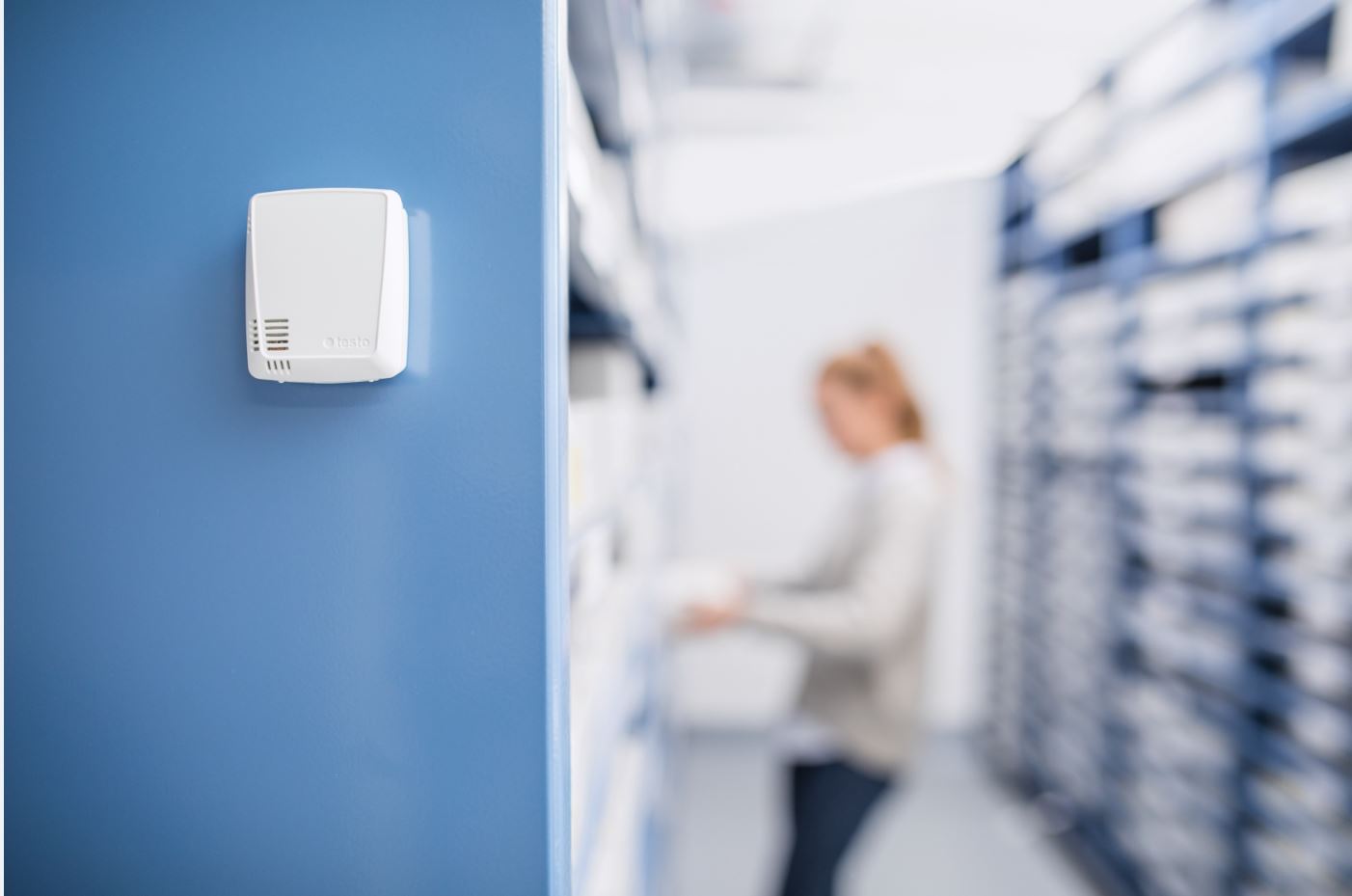
Testo’s 160 TH logging device is essential for improving environmental conditions monitoring.
Maintaining the National Gallery’s worldwide collection
To meet these external requirements, the National Gallery of Victoria use Testo’s climate monitoring tools, the 160 TH and the testo 160 THL. Aligned with the National Gallery’s building management system, the testo 160 TH and testo 160 THL records environmental data every 15 minutes, providing Janelle and other conservators with the data needed to ensure the safe-keeping of the art works in their care.
Set up to update the conservation team with alarms if environmental conditions fall out side of set parameters, Testo’s system also collates data in monthly reports that can be accessed and shared by staff whenever needed.
For more information about climate monitoring tools, contact Testo today.



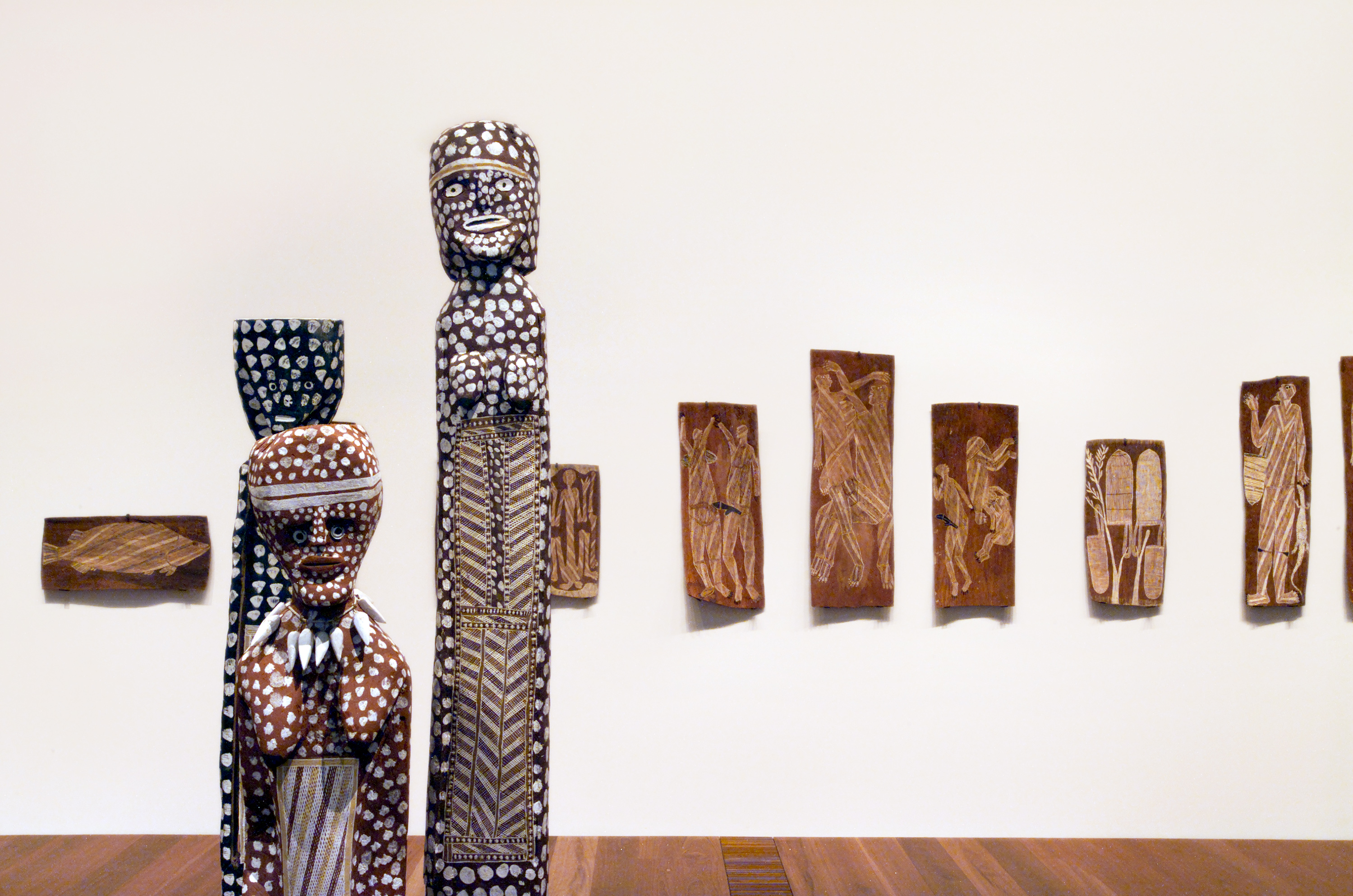
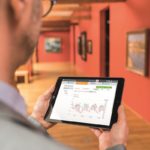

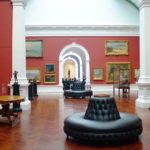
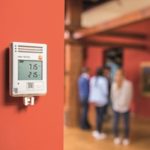

 Reduce cooking oil costs while ensuring quality
Reduce cooking oil costs while ensuring quality Expert knowledge on CO2 monitoring
Expert knowledge on CO2 monitoring Refrigeration knowledge - in 3 modules
Refrigeration knowledge - in 3 modules



